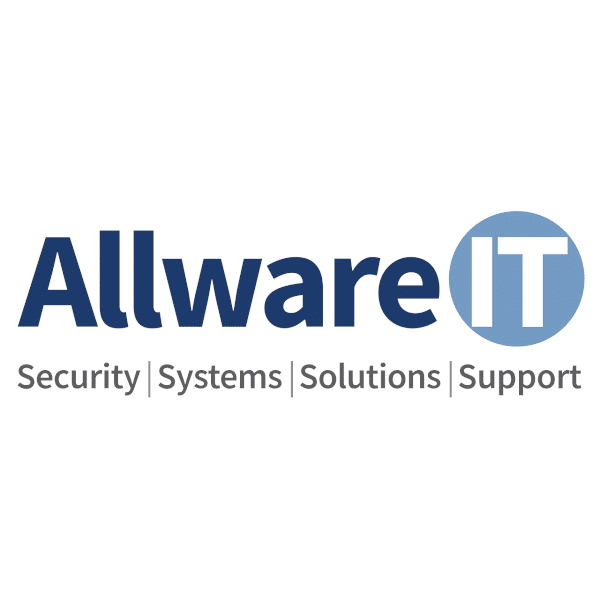Why you should outsource your IT support, particularly now that more people are working from home
12th January 2022

One of the lasting effects of the pandemic looks likely to be a switch to working from home that, for some organisations and employees at least, is likely to be permanent. At the outbreak of the pandemic many organisations found themselves having to switch tens, hundreds or even thousands of employees to working remotely more or less overnight. Some have since returned to the office but as the pandemic rumbles on many employers have maintained a focus on working from home wherever possible.
Working from home obviously offers many benefits to both employers and staff. However, it also comes with significant challenges and nowhere is this more the case than in the area of IT. In this blog post I’m going to outline some of the issues that need to be considered in a wholesale switch to working from home and suggest why working from home means that most organisations would be better off outsourcing their IT these days rather than trying to manage it internally.
The challenge of managing hundreds or thousands of devices remotely
Organisations now might have tens or hundreds of staff all using laptops, sometimes at home, sometimes in the office. The challenge then is to keep track of who has which laptop, which laptops are in and out of warranty, when each laptop needs a Windows update and so on. There’s a huge amount of work involved in doing this, particularly when staff are not physically located in the office.
The speed with which organisations have had to switch to remote working has often been at the expense of planning. This has left many employees complaining that they don’t have access to the right tools that they need in order to effectively do their jobs. Earlier this year a Tech Republic survey found that 42% of employees said that, a year into the pandemic, they still did not have access to all the relevant work systems that they needed in order to do their jobs and just under a third had not been provided with a work laptop or desktop computer.
This is a problem because employees who aren’t provided with the tools they need to do their jobs effectively are much more likely to seek their own solutions, increasing the use of what’s sometimes known as ‘shadow IT’ – the use of hardware, devices, applications and software for work purposes but without the approval (or sometimes even knowledge) of the IT department. An unmanaged proliferation of shadow IT can introduce serious security risks into organisations and expose it to the risk of compliance violations, hacking, data leaks and more.
The temptation is always to shut this down as far as possible but that approach can then have several negative effects, not least on employee motivation and productivity. The best way to manage the shadow IT issue is make sure employees have what they need and provide support for that. Realistically most organisations will be better off outsourcing this to an independent IT supplier that they trust. A dedicated IT management company brings with it years of experience across many different platforms, products and technologies. With the best will in the world, a small internal IT team are unlikely to be able to effectively support an ever-expanding range of tools that they may not have direct experience of themselves.
Working from home poses IT security challenges
Obviously, IT security is something that always needs consideration, whether staff are at home or in the office, but if you have large numbers of employees working from home and potentially using their own devices to do so then that poses some additional challenges.
Take encryption as an example. How do you ensure that your staff all have the appropriate levels of encryption on their devices, including phones and tablets as well as laptops? How do you effectively manage the disk encryption that’s needed on laptops as well as controlling what data people are and are not allowed to access on their work mobile phones? There’s a huge amount of work that goes into managing this aspect of your IT set up and that’s before you even start to consider what to do when things go wrong.
Why outsourcing is more cost-effective than managing this in house
Time and again companies find that outsourcing all of this to a company like Allware is a much more cost-effective option than trying to manage it in house. Outsourcing will typically cost much less than the equivalent full-time salary for an appropriately qualified employee to manage this for you internally.
Additionally, if you outsource you get the benefit of a team of people working on your behalf, not just one or two employees. You benefit from more resource than you’d have access to in an internal IT team, as well as a broader range of expertise. The phone is always answered and there’s a much higher chance that someone’s problem will be solved in the first call. Problems are solved more quickly. Things generally run more smoothly. There’s less stress, less worry and someone else takes care of all of the admin and hassle for you.








































